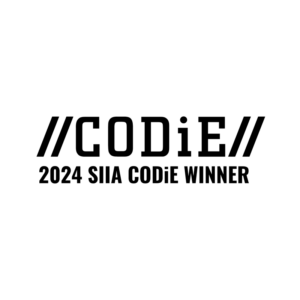March 31, 2016
A subtle transition has occurred around our profession’s discussions of reform, so subtle that many of us may not have consciously picked up on it. That transition is from conversations about “school effectiveness” to ones of “educator effectiveness.”
In the 1990s and until just recently, discussions centered around “school reform models” with intense focus on the “90/90/90” schools. While we still submit our “comprehensive school reform” grants, we now hear many more conversations about “effective educators.” Here’s why.
Analysis shows that the impact produced at the school level is, while significant, rather small when considering the impact of teachers. According to Dylan Wiliam, Emeritus Professor of Educational Assessment at University College London, “only 8% of the variability in student achievement is attributable to the school” (2011). At the same time, “in the United States, the classroom effect appears to be at least four times the size of the school effect” (PISA, 2007 in Wiliam, 2011).
Following these findings, if the impact on the variability in students’ achievement is 8% according to which school they attend, then the impact of the educator must be, at a bare minimum, 32%. Collectively then, schools and their teachers account for no less than 40% of the variability in student achievement. These estimates mirror the findings of John Hattie (see visible-learning.org).
Because the impact of the teacher is among the largest and most controllable variables, many states now focus attention on ensuring effective educators. We delude ourselves, however, if we think that educator effectiveness reforms can be about flushing a bunch of people out of the system because in our country there aren’t lines of other people standing by to take their jobs (Wiliam, 2015). And very few people are in the profession who truly do not belong, though some may require more assistance than others.
Wiliam suggests that administrators will most often want to adopt a “love the one you’re with” philosophy, focusing intense attention on helping our teachers be the best they possibly can be. If you are looking for ideas on how to best do this, peruse the “Hattie Rankings” found at visible-learning.org for those programs and models with the highest documented effect sizes. Among the most impactful are the trainings on meta-cognitive strategies, formative assessment, feedback, and Response to Intervention.
The best educators are lifelong learners which is critical because, as Wiliam notes, “This job you’re doing is so complex it takes more than a lifetime to master” which means that “each one of us should accept the commitment to continue on in improving our practice until we retire or die.”
Now, there’s a mindset of continuous improvement!
References
Wiliam, D. (2011). Embedded formative assessment. Bloomington, IN: Solution Tree.


